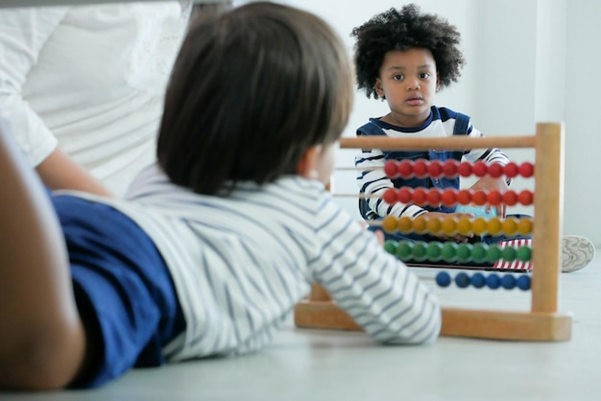Primitive reflexes are automatic movements babies do. They help with survival and early development. These reflexes include the grasping reflex, where a baby will hold onto your finger tightly. As a child grows, these primitive reflexes and delayed motor skills should fade away, allowing them to control their movements more. This fading helps kids learn motor skills like crawling and walking.
But sometimes, these reflexes don’t fully go away. When this happens, it can lead to problems. One issue is Developmental Coordination Disorder (DCD). This condition affects a child’s ability to move smoothly. It’s like the connections in their brain are a bit mixed up, making coordination harder.
Parents can look for certain signs that their child might have retained reflexes. Does your child have trouble sitting still? Or maybe they find it hard to copy simple movements. These could be clues that reflexes haven’t faded away as they should have. Noticing these problems early can make a big difference.
Being aware of these signs empowers parents to take action. Whether it’s through receiving information, talking to professionals, or trying exercises at home, parents have the power to help their children. Early intervention for motor skills can be crucial.
The Significance of Reflex Integration for Motor Skills Development
When reflexes stick around too long, they can mess things up. Imagine a child trying to tie their shoes. If their early intervention motor development wasn’t proper, the reflex could take over and fingers might not want to cooperate. Or picture a child playing ball. If reflexes aren’t integrated, it might mean awkward movements.
Role of reflexes in gross motor skills is big. Reflexes are the ones that help a child with big movements like running or jumping. When these reflexes don’t calm down, kids can have trouble with sports or playground games. It’s like their bodies aren’t synced up correctly.
Primitive reflex suppression also plays a key part in sensory activities. Kids might find loud sounds or bright lights overwhelming if reflexes are still sticking around. It’s because their brains can’t settle down these reflexes. This can make concentrating at school hard. They might feel overwhelmed more easily.
early intervention motor development
Thinking about motor skills development strategies is important. Getting help early with reflex training for neurological development can change things. Reflex integration therapy is about exercises that calm reflexes down. It’s like teaching the brain to talk to the body better.
Research shows that when reflexes settle down, kids often do better in school. They also can handle social situations more comfortably because they feel more balanced. Improved coordination through reflexes means children can jump, play, and write much more easily, which is essential for growth.
Improving coordination through reflexes is more than physical. When body and mind sync, children feel more settled and less stressed. Even a small change in this can make a world of difference for a child’s confidence and happiness.
Getting on top of these reflexes early means children have smoother development paths. They can play, learn, and grow with fewer hiccups along the way, and that makes everyone’s job a little easier and a whole lot happier.
Implementing Reflex Integration at Home and Seeking Professional Help
For parents wanting to help at home, there are simple reflex exercises for sensory integration. Consider these fun activities:
- Encourage crawling, as it activates cross-body movements.
- Jumping on trampolines can enhance balance.
- Wheelbarrow walking, where a child walks on their hands while you hold their legs, can build strength.
These simple activities can make a big difference. They don’t take up much time and can easily fit into playtime.
Getting involved holistically even helps more. Including traditions like yoga or simple stretches can boost results. These methods have been helping people for generations and can be part of motor skills development strategies.
Sometimes, home activities might not be enough. If concerns linger, seeking help from a professional may be needed. Spotting when is important too. If a child still struggles with tasks their peers manage, it might be time to consult a therapist. Reflex integration therapy could be the answer. This involves using specific exercises to calm those disruptive reflexes.
Looking for the right support means finding therapists that focus on occupational therapy exercises for reflex integration. These professionals guide parents and kids to work wonders. It’s essential to choose someone who connects well with your child and understands their needs.
Staying proactive is key. Keep an eye on all aspects of growth, not just physical but mental and emotional too. Balance in development helps ensure children not only function but thrive.
In the journey of growing strong and healthy, sometimes little steps make massive changes. With love, support, and engagement, children can overcome challenges to meet their full potential. Both parents and kids stand to learn, grow, and succeed together.”


